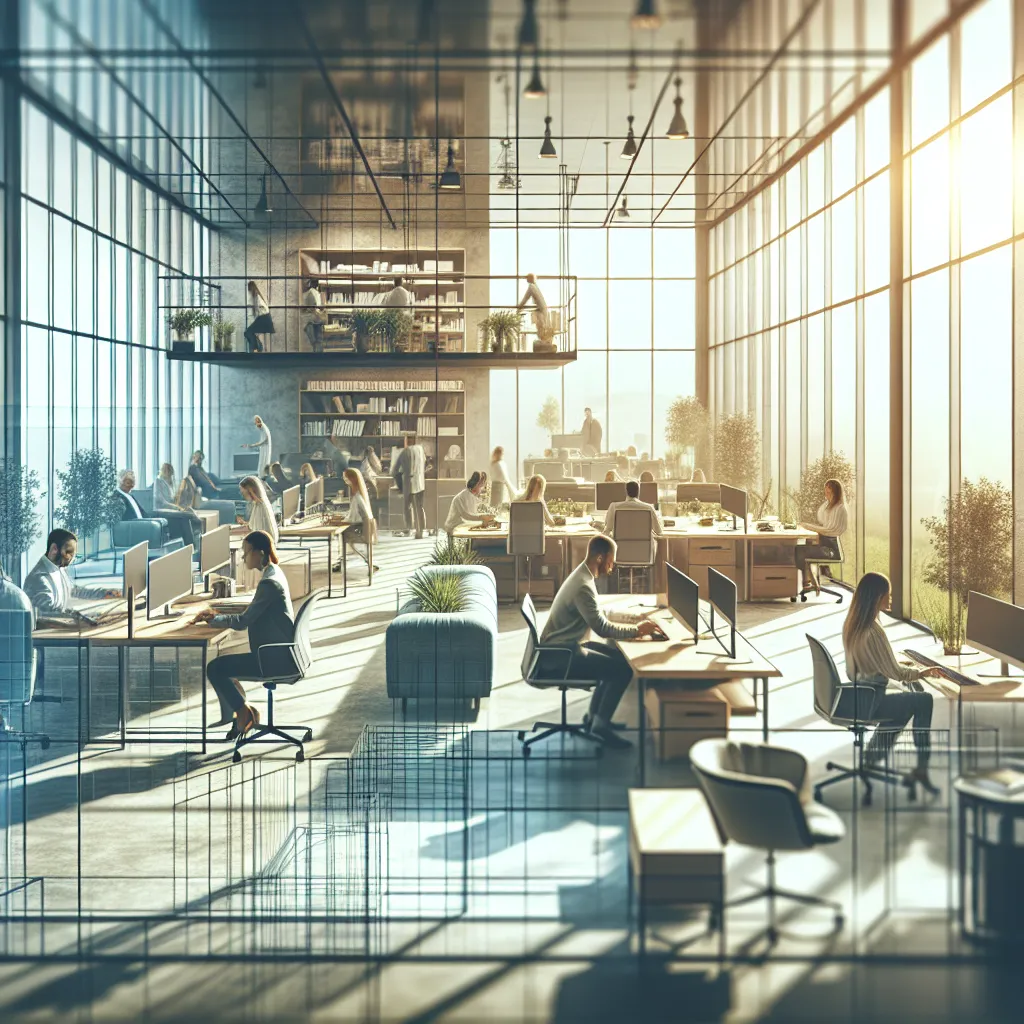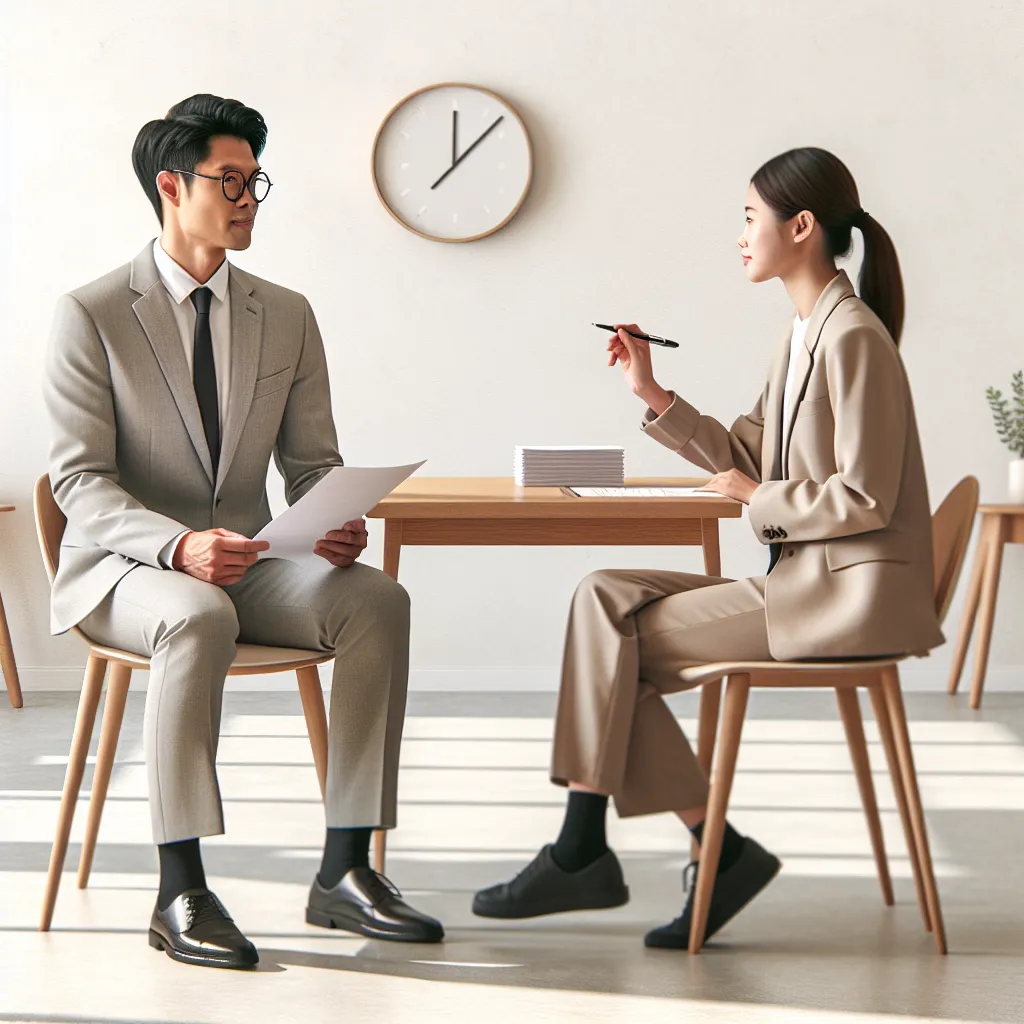As an experienced IELTS examiner, I understand the challenges candidates face when tackling the speaking section, particularly when asked to describe a place where they go to be productive. This topic has been a recurring theme in past IELTS exams and is likely to appear in future tests. In this comprehensive guide, we’ll explore effective strategies to help you excel in this task and boost your IELTS speaking score.
Nội dung bài viết
- Part 1: Introduction and Interview
- Q: Do you prefer working in quiet or noisy environments?
- Q: What makes a place good for productivity in your opinion?
- Part 2: Long Turn
- Cue Card
- Sample Answer (Band 6-7):
- Sample Answer (Band 8-9):
- Follow-up Questions:
- Sample Answer for Question 1 (Band 8-9):
- Part 3: Two-way Discussion
- Q: How do you think workplace design affects productivity?
- Q: Do you think the concept of a fixed workplace will become outdated in the future?
- Key Vocabulary and Phrases for High Scores
- Examiner’s Advice
Part 1: Introduction and Interview
In this section, the examiner may ask you general questions about productivity and work environments. Here are some potential questions and sample answers:
Q: Do you prefer working in quiet or noisy environments?
Sample answer (Band 7-8):
“I generally prefer quiet environments for work that requires deep concentration. However, for more creative tasks, I find that a moderate level of ambient noise can actually boost my productivity. It really depends on the nature of the work I’m doing.”
Q: What makes a place good for productivity in your opinion?
Sample answer (Band 8-9):
“In my view, an ideal productive environment should have several key elements. Firstly, it needs to be free from distractions, which could mean a quiet space or one with controlled background noise. Secondly, ergonomic furniture is crucial for maintaining focus and avoiding physical discomfort. Lastly, I believe good lighting, preferably natural light, plays a significant role in keeping one alert and energized throughout the work session.”
Part 2: Long Turn
In this section, you’ll be given a cue card with a topic to speak about for 1-2 minutes. Here’s a sample cue card related to our theme:
Cue Card
Describe a place where you go to be productive.
You should say:
- Where this place is
- How often you go there
- What you do there
- And explain why this place helps you to be productive
Sample Answer (Band 6-7):
“The place I’d like to talk about is the local library in my neighborhood. I usually go there about twice a week, especially when I have important projects or exams coming up. When I’m there, I typically find a quiet corner to sit and spread out my books and laptop.
The library helps me be productive for several reasons. Firstly, it’s very quiet, which allows me to concentrate better than I can at home. Secondly, seeing other people studying motivates me to work harder. Lastly, the library has all the resources I need, like books and fast internet, which makes my work easier.”
Sample Answer (Band 8-9):
“I’d like to describe my go-to productivity hub, which is a co-working space in the heart of the city. I frequent this innovative workspace about three times a week, particularly when I need to tackle complex projects or collaborate with colleagues.
When I’m there, I immerse myself in a variety of tasks. I might be drafting reports, brainstorming new ideas, or engaging in virtual meetings with clients from around the globe. The dynamic environment keeps me on my toes and fuels my creativity.
This co-working space significantly enhances my productivity for several reasons. Firstly, the carefully designed ergonomic workstations ensure physical comfort, allowing me to maintain focus for extended periods. Secondly, the presence of like-minded professionals creates an atmosphere of collective ambition, which I find incredibly motivating. Lastly, the space offers state-of-the-art facilities, including high-speed internet and meeting rooms equipped with the latest technology, which streamline my workflow and make collaboration seamless.”
Follow-up Questions:
- How has technology changed the way people work in your country?
- Do you think the traditional office environment will become obsolete in the future?
Sample Answer for Question 1 (Band 8-9):
“Technology has revolutionized the work landscape in my country. The advent of high-speed internet and cloud-based tools has made remote work increasingly prevalent. This shift has led to more flexible working arrangements, allowing people to balance their professional and personal lives more effectively. Moreover, artificial intelligence and automation are streamlining routine tasks, enabling workers to focus on more creative and strategic aspects of their jobs. However, this technological boom has also created challenges, such as the need for continuous upskilling to keep pace with rapidly evolving digital tools.”
 Productive Workspace
Productive Workspace
Part 3: Two-way Discussion
In this section, the examiner will ask more abstract questions related to the topic. Here are some potential questions and sample answers:
Q: How do you think workplace design affects productivity?
Sample answer (Band 7-8):
“I believe workplace design has a significant impact on productivity. A well-designed office can promote collaboration, reduce stress, and increase employee satisfaction. For instance, open-plan offices can facilitate communication, while quiet zones allow for focused work. Ergonomic furniture and proper lighting can also prevent fatigue and improve concentration.”
Sample answer (Band 8-9):
“The influence of workplace design on productivity is, in my opinion, profound and multifaceted. A thoughtfully crafted work environment can catalyze innovation, foster employee well-being, and dramatically enhance operational efficiency. For example, flexible spaces that can be reconfigured for different tasks promote adaptability and cross-functional collaboration. Biophilic design elements, such as indoor plants and natural materials, have been shown to reduce stress and boost cognitive function. Moreover, technology-integrated spaces that seamlessly blend physical and digital work can streamline processes and facilitate remote collaboration, which is increasingly crucial in our globalized economy.”
Q: Do you think the concept of a fixed workplace will become outdated in the future?
Sample answer (Band 8-9):
“The notion of a fixed workplace is indeed undergoing a significant transformation, and I believe this trend will continue to evolve rapidly in the coming years. The rise of remote work, accelerated by recent global events, has demonstrated the viability of flexible work arrangements on a large scale.
However, rather than becoming entirely outdated, I anticipate that the concept of a fixed workplace will metamorphose into something more fluid and adaptable. We’re likely to see a hybrid model emerge, where physical offices serve as collaboration hubs and centers for corporate culture, while remote work options provide flexibility and cater to individual preferences.
This shift will require organizations to reimagine their physical spaces, focusing on creating environments that foster creativity, facilitate spontaneous interactions, and provide experiences that can’t be replicated virtually. At the same time, companies will need to invest in robust digital infrastructure to ensure seamless integration between in-office and remote workers.
Ultimately, the future workplace will likely be less about a fixed location and more about creating an ecosystem that supports productivity, innovation, and employee well-being, regardless of where the work is being done.”
Key Vocabulary and Phrases for High Scores
-
Productivity hub [prəˌdʌktɪvəti hʌb] (noun phrase): A central place or area designed to maximize efficiency and output.
Example: “The new office layout has transformed our workspace into a true productivity hub.” -
To immerse oneself [tuː ɪˈmɜːs wʌnˈself] (verb phrase): To involve oneself deeply in a particular activity or interest.
Example: “When I need to meet a deadline, I immerse myself in my work at the library.” -
Ergonomic [ˌɜːɡəˈnɒmɪk] (adjective): Designed for efficiency and comfort in the working environment.
Example: “The ergonomic chairs in our office have significantly reduced back pain complaints.” -
To streamline [tuː ˈstriːmlaɪn] (verb): To make a system or organization more effective and efficient by employing faster or simpler working methods.
Example: “We’ve streamlined our project management process using new software.” -
State-of-the-art [steɪt əv ðiː ɑːt] (adjective): Using or containing the most modern or advanced techniques or equipment.
Example: “The co-working space boasts state-of-the-art conference facilities.”
Examiner’s Advice
To excel in the IELTS Speaking test, particularly when describing a productive place:
- Practice regularly: Familiarize yourself with common topics and practice speaking about them fluently.
- Expand your vocabulary: Learn and use a wide range of topic-specific vocabulary and idiomatic expressions.
- Structure your answers: Use clear organization in your responses, especially in Part 2.
- Provide specific examples: Support your points with relevant personal experiences or observations.
- Develop your ideas: Don’t just list facts; explain your thoughts and opinions in depth.
- Work on pronunciation and fluency: Focus on speaking clearly and maintaining a natural pace.
- Stay calm and confident: Remember, the examiner is there to assess your English, not to trick you.
By following these tips and utilizing the sample answers provided, you’ll be well-prepared to tackle the IELTS Speaking test and achieve a high score when describing a place where you go to be productive.


